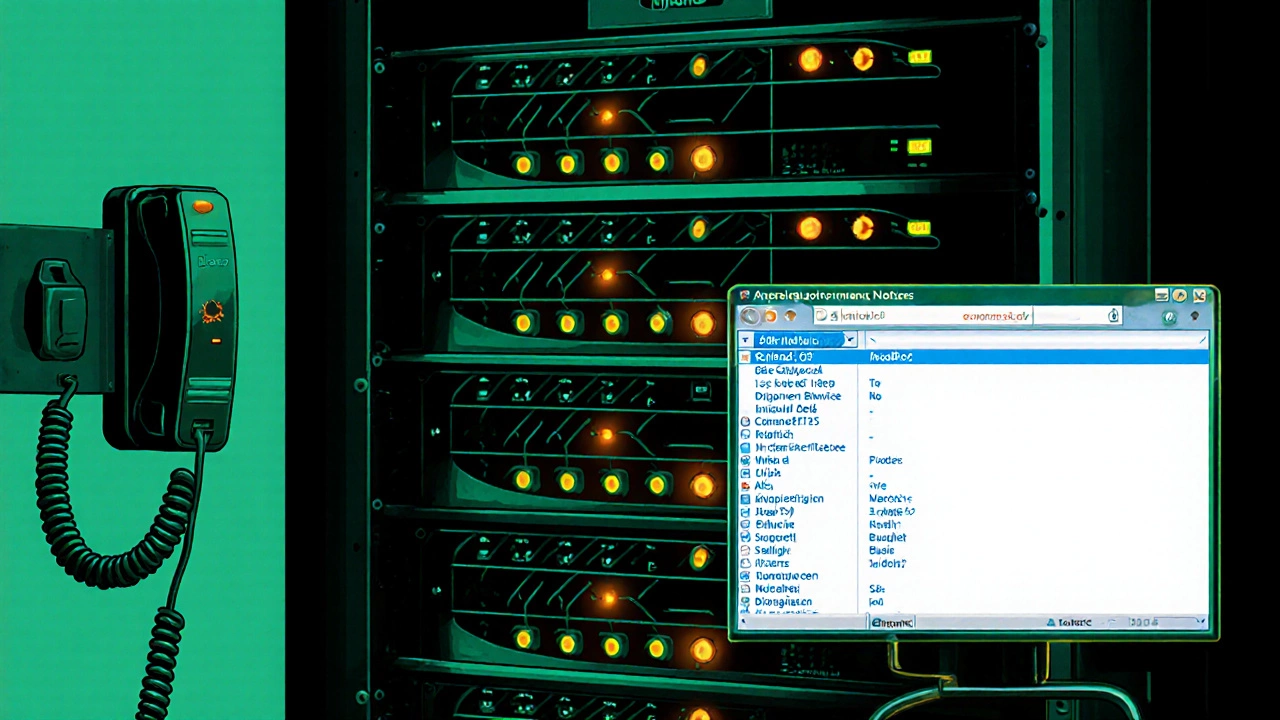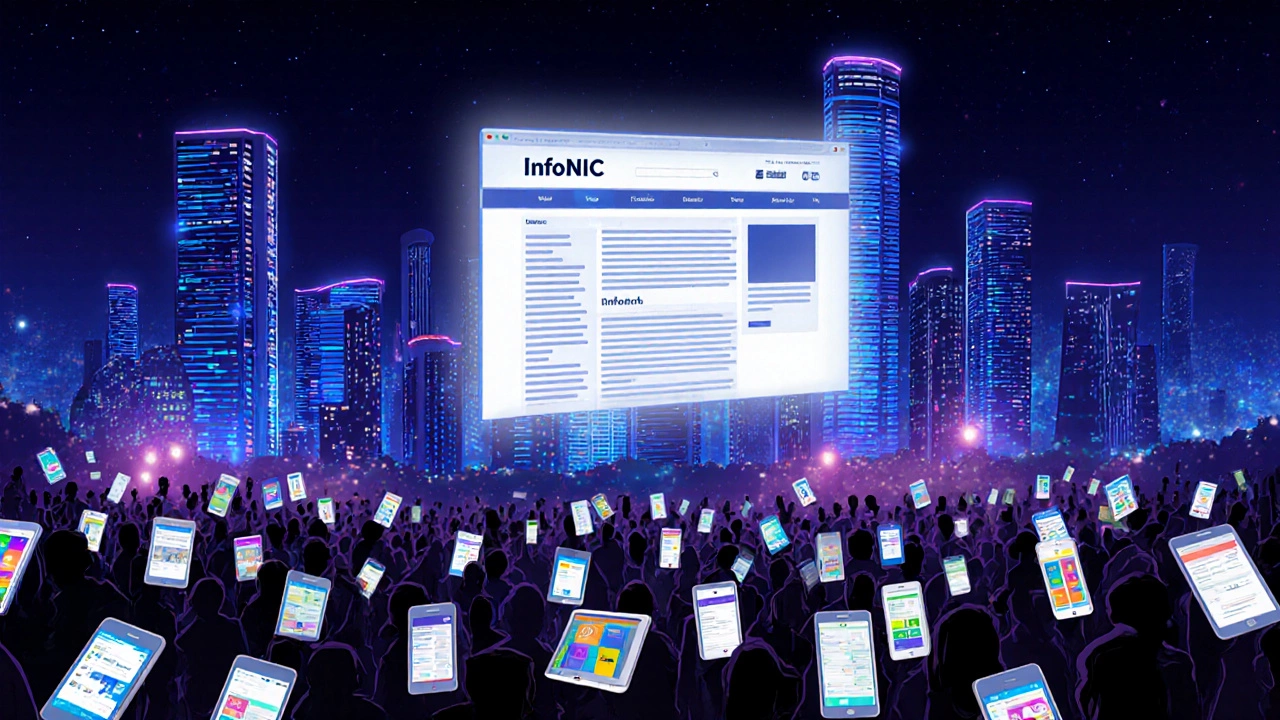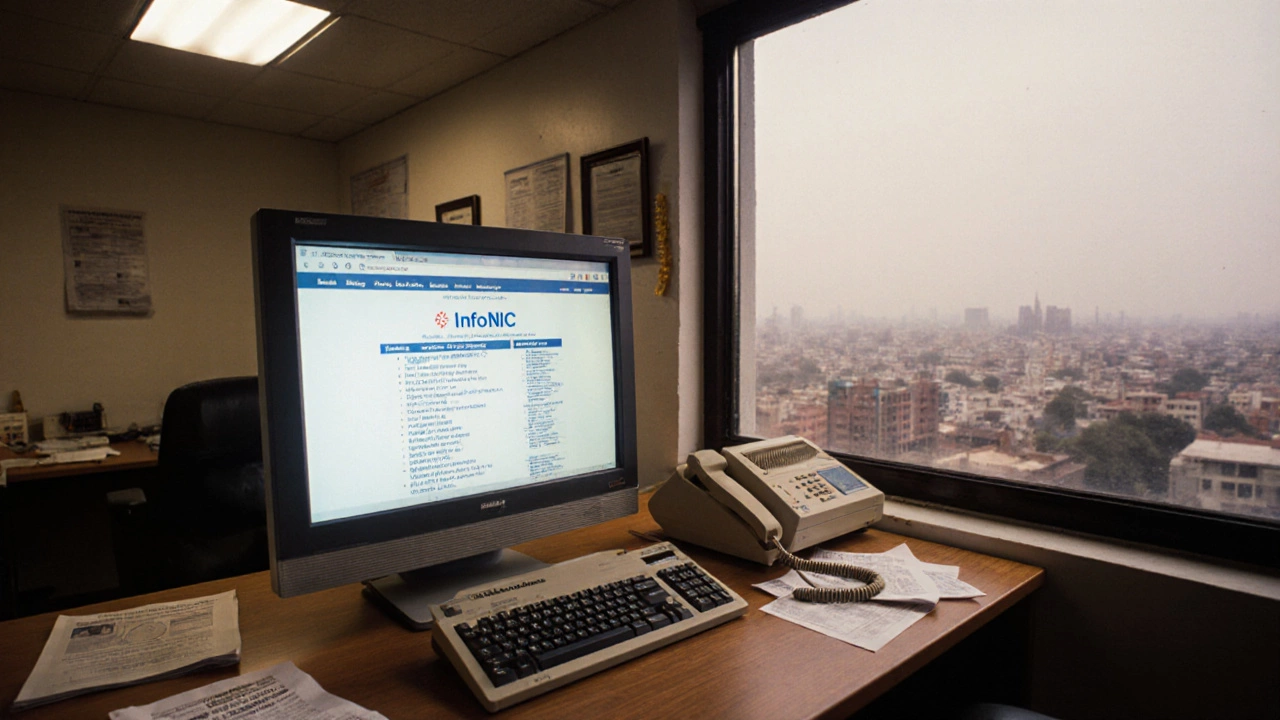India's First Website Quiz
How much do you know about India's first website?
Take this quiz to test your knowledge about InfoNIC, the first Indian website launched in 1995.
Ever wondered which site kicked off India’s online presence? The answer takes you back to 1995, when a modest government portal opened the digital doors for millions of Indians. Knowing the story behind the first Indian website not only satisfies curiosity but also shows how far the country’s web ecosystem has come.
India’s Internet Roots
Before any .in domain existed, Indian researchers accessed the global network via Arpanet and later the World Wide Web through academic institutions. By the early 1990s, the Department of Telecommunications (DoT) began planning a national strategy to bring internet connectivity to universities, government offices, and eventually the public.
The push was led by the National Informatics Centre (NIC), a government agency tasked with building IT infrastructure. NIC’s vision was simple: create a central information hub that could be accessed by anyone with a modem.
Launching InfoNIC - The First Indian Website
On , NIC went live with InfoNIC - the first Indian website. It was hosted on a modest Sun Solaris server located at NIC’s New Delhi campus and ran on the early Mosaic browser platform, which had just become popular in India.
InfoNIC’s homepage offered a handful of links:
- Government notices and circulars
- Technical documentation for NIC projects
- Contact information for various ministries
Technical Setup and Hosting Details
InfoNIC was not a commercial hosting venture; it relied on government‑funded hardware and a dedicated ISP called Videsh Sanchar Nigam Limited (VSNL). The connection speed was a sluggish 64kbps dial‑up line, but it was enough to serve static HTML pages to a handful of early adopters.
Key technical attributes:
| Attribute | Value |
|---|---|
| Server OS | Sun Solaris 2.5 |
| Web Server | Apache 1.0.2 |
| Domain | infonic.nic.in |
| Connection Speed | 64kbps dial‑up |
| Browser Compatibility | Mosaic, early Netscape |
Because the site was maintained by NIC engineers, updates were rolled out manually-each new page required a login to the server and a restart of the Apache service.

Impact and Legacy
InfoNIC proved that a country as vast and diverse as India could host its own web presence. Within two years, the .in country‑code top‑level domain (ccTLD) was opened for registration, and dozens of government ministries followed suit with their own sites.
Some lasting effects:
- Digital governance: The concept of e‑government grew from the need to publish official documents online.
- Internet policy: The DoT drafted the first Indian Internet Policy in 1998, building on lessons from InfoNIC’s rollout.
- Local hosting industry: Private ISPs saw a market for hosting services, leading to the birth of companies like Netmagic and HostGator India.
Today, over 1.2billion Indians use the internet, but the modest start of InfoNIC reminds us that every colossal digital ecosystem begins with a single page.
Timeline of Early Indian Websites
| Year | Website | Host / Org | Purpose |
|---|---|---|---|
| 1995 | InfoNIC | NIC | Government information portal |
| 1996 | India.gov.in (beta) | NIC | Unified portal for ministries |
| 1997 | Reserve Bank of India | RBI | Financial regulations and data |
| 1998 | Indian Space Research Organisation (ISRO) | ISRO | Mission updates & research papers |
| 1999 | All India Radio (AIR) streaming | Doordarshan/All India Radio | Audio streaming (first Indian web streaming service) |
Each entry built on the foundation laid by InfoNIC, expanding both content depth and technical capability.
How to Explore Archived Indian Websites
If you want to see the original pages, the Internet Archive’s Wayback Machine has snapshots dating back to 1996. Here’s a quick guide:
- Go to web.archive.org.
- Enter the URL
infonic.nic.ininto the search bar. - Select the earliest available capture (usually 1996‑01‑15).
- Navigate through the archived menu to view the original layout.
Note that some internal PDFs and image files were not archived, but the core navigation remains intact.

Common Myths About India’s First Web Presence
- Myth: The first site was a private blog.
Reality: It was a government‑run portal, not a personal blog. - Myth: India had a .com domain before .in.
Reality: The .in ccTLD was allocated in 1995, the same year InfoNIC launched. - Myth: The site was built on Windows.
Reality: It ran on Sun Solaris, a common choice for early servers.
Quick Checklist for Web History Buffs
- Identify the launch date: 15August1995.
- Know the host: NIC’s Sun Solaris server, VSNL ISP.
- Remember the URL:
infonic.nic.in(now redirects to NIC’s modern site). - Use the Wayback Machine for original screenshots.
- Explore related early sites like
india.gov.in(beta 1996) to see the next step.
Frequently Asked Questions
Which organization launched the first Indian website?
The National Informatics Centre (NIC) created and launched InfoNIC, which is recognized as the first Indian website.
When did InfoNIC go live?
InfoNIC was launched on 15August1995, coinciding with India’s Independence Day.
What was the original URL of the first Indian website?
The site was reachable at infonic.nic.in.
Today the address redirects to NIC’s modern portal.
Which browser did early Indian users mainly use to view InfoNIC?
Most users accessed the site with the Mosaic browser, which was popular worldwide in the mid‑1990s.
How can I see the original content of InfoNIC today?
Use the Wayback Machine (web.archive.org) and enter infonic.nic.in. Choose the earliest snapshot, usually from 1996‑01‑15.
Did InfoNIC support Indian languages?
The initial version was English‑only; language support was added later as Unicode became standard.
What was the primary purpose of the first Indian website?
It served as a central hub for government notices, technical documents, and contact details for ministries.



